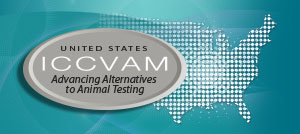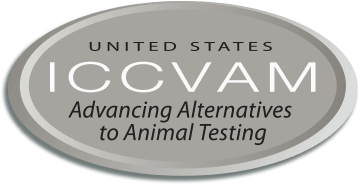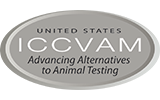Applying IVIVE to Facilitate the Use of In Vitro Toxicity Data in Risk Assessment and Decision-making
In vitro toxicity assays are being applied to transform toxicology from an observational to a predictive science, improve throughput, and reduce costs. The qualitative linkage between in vitro and in vivo toxicity endpoints can be strengthened via application of IVIVE, which relates an in vitro concentration associated with bioactivity to an external exposure level. In some contexts, applications of IVIVE have advanced past the exploratory research stage and are beginning to gain acceptance for risk assessment of chemicals. The ICCVAM IVIVE Workgroup requested information from ICCVAM member agencies regarding the extent and context of their use of IVIVE. Surveyed agencies were also asked about programmatic needs, data gaps, and agency-specific guidance documents or publications related to IVIVE, as well as for information about modeling tools or software they had used or may use for facilitating IVIVE analysis and decision-making. This information was compiled into a review summarizing the workgroup’s findings, current challenges, and future needs (Chang et al. 2022). The review also proposes operational definitions for IVIVE, presents literature examples for several common toxicity endpoints, and highlights implications of IVIVE use in decision-making processes.



